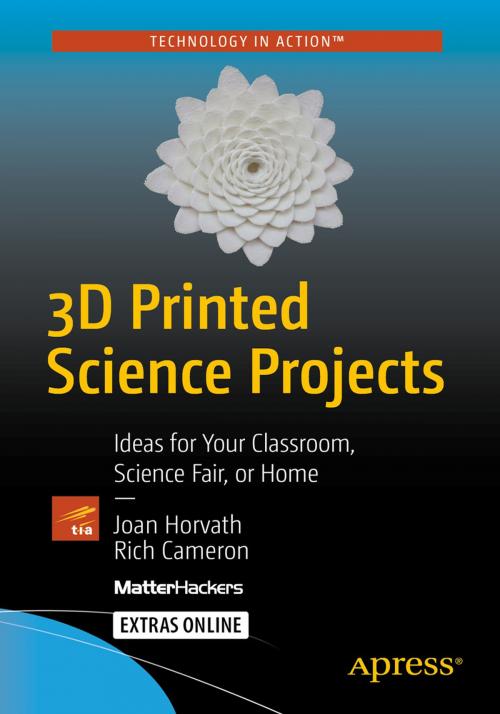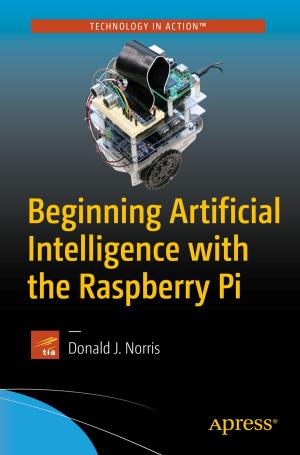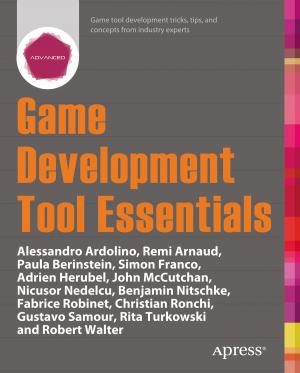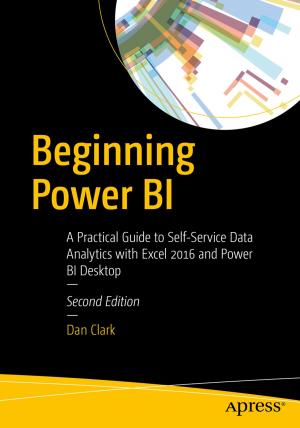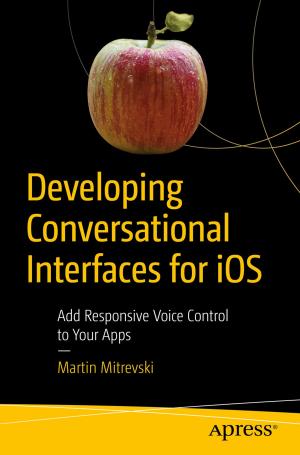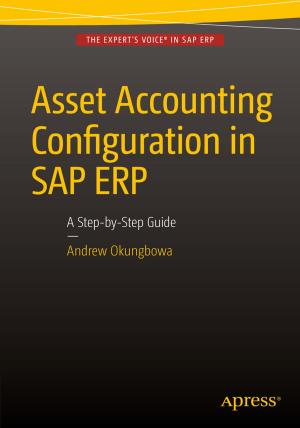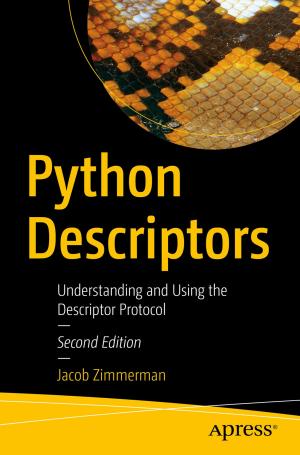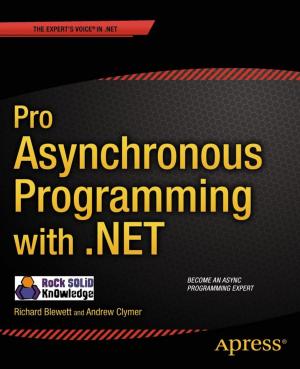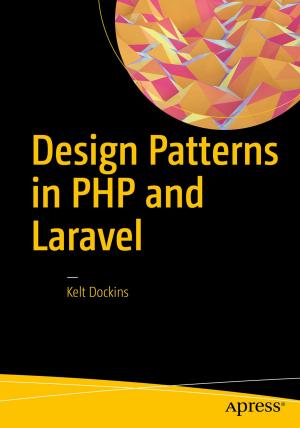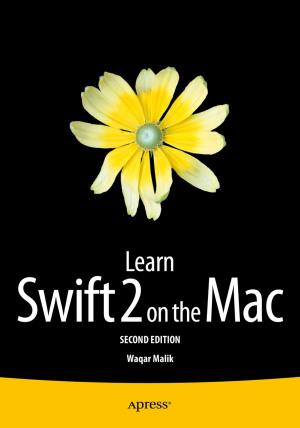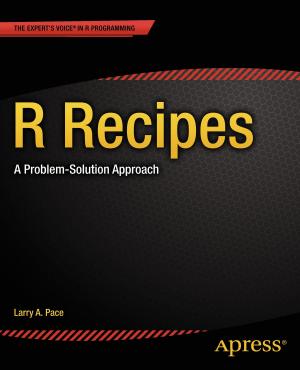3D Printed Science Projects
Ideas for your classroom, science fair or home
Nonfiction, Computers, Computer Hardware, Input-Output Equipment, Advanced Computing, Computer Science, General Computing| Author: | Joan Horvath, Rich Cameron | ISBN: | 9781484213230 |
| Publisher: | Apress | Publication: | May 11, 2016 |
| Imprint: | Apress | Language: | English |
| Author: | Joan Horvath, Rich Cameron |
| ISBN: | 9781484213230 |
| Publisher: | Apress |
| Publication: | May 11, 2016 |
| Imprint: | Apress |
| Language: | English |
Create 3D printable models that can help students from kindergarten through grad school learn math, physics, botany, chemistry, engineering and more.
This book shows parents and teachers how to use the models inside as starting points for 3D printable explorations. Students can start with these models and vary them for their own explorations. Unlike other sets of models that can just be scaled, these models have the science built-in to allow for more insight into the fundamental concepts.
Each of the eight topics is designed to be customized by you to create a wide range of projects suitable for science fairs, extra credit, or classroom demonstrations. Science fair project suggestions and extensive "where to learn more" resources are included, too. You will add another dimension to your textbook understanding of science.
**What You'll Learn **
-
Create (and present the science behind) 3D printed models.
-
Use a 3D printer to create those models as simply as possible.
-
Discover new science insights from designing 3D models.
Who This Book Is For
Parents and teachers
Create 3D printable models that can help students from kindergarten through grad school learn math, physics, botany, chemistry, engineering and more.
This book shows parents and teachers how to use the models inside as starting points for 3D printable explorations. Students can start with these models and vary them for their own explorations. Unlike other sets of models that can just be scaled, these models have the science built-in to allow for more insight into the fundamental concepts.
Each of the eight topics is designed to be customized by you to create a wide range of projects suitable for science fairs, extra credit, or classroom demonstrations. Science fair project suggestions and extensive "where to learn more" resources are included, too. You will add another dimension to your textbook understanding of science.
**What You'll Learn **
-
Create (and present the science behind) 3D printed models.
-
Use a 3D printer to create those models as simply as possible.
-
Discover new science insights from designing 3D models.
Who This Book Is For
Parents and teachers
